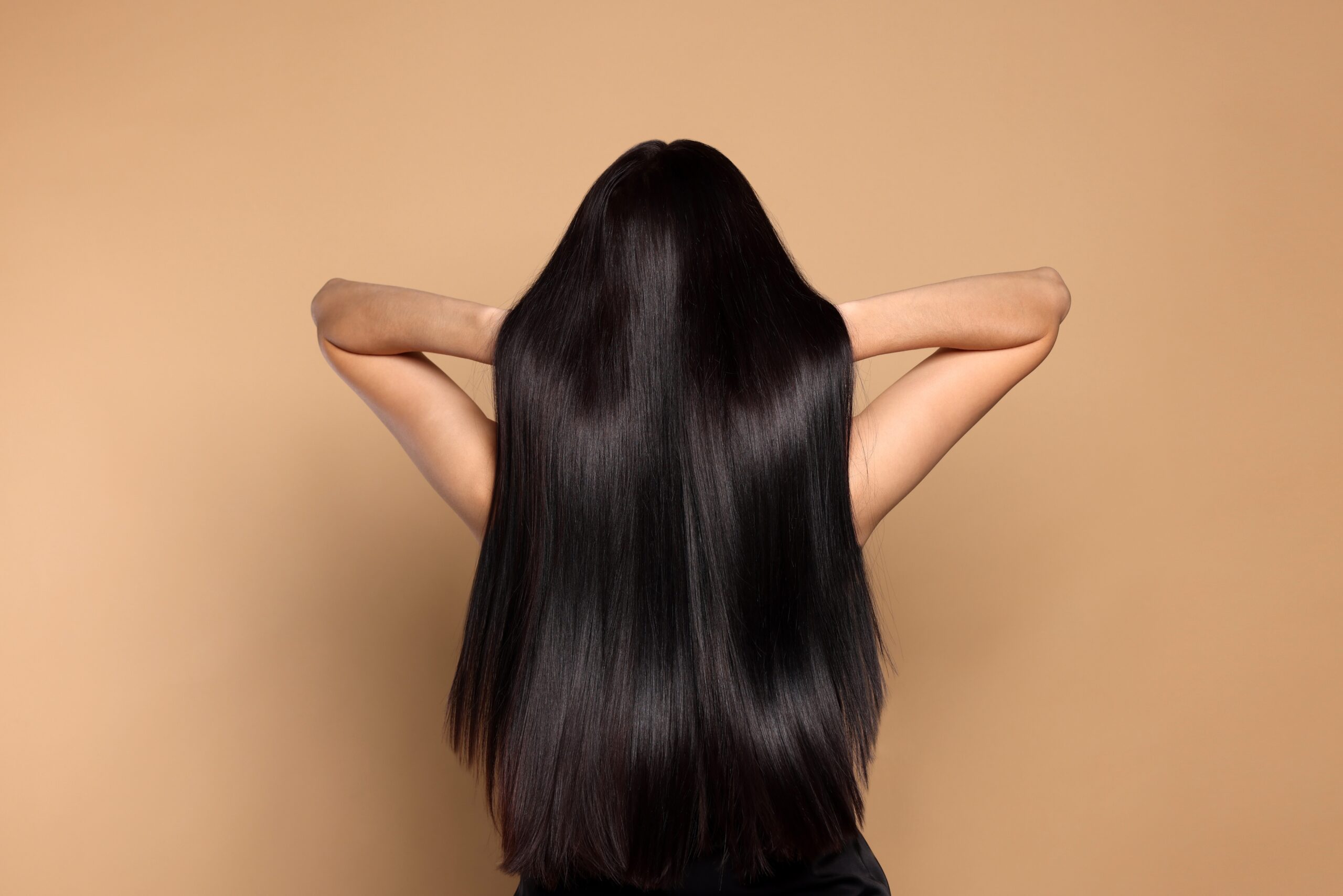Table of Contents

The secret to silky, shiny hair lies in understanding how the microscopic structure of your hair impacts its appearance, and with proper care techniques, anyone over 40 can achieve a healthier, more youthful shine.
At a Glance
- Silky hair requires flat, uniform hair cuticles that reflect light evenly; raised or damaged cuticles cause frizz and dullness
- Using sulfate-free shampoos, silk pillowcases, and cool water rinses helps maintain hair's natural moisture and smoothness
- Regular trims, heat protection, and proper brushing with boar bristle brushes distribute natural oils for enhanced shine
- Weekly scalp massages and treatments improve circulation and overall hair health, especially important for aging hair
Understanding Hair Structure for Maximum Shine
The foundation of silky, shiny hair begins with understanding how your hair is built. Hair cuticles, the outermost layer of your strands, must lie flat and uniform to create an even surface that reflects light properly. As we age, these cuticles naturally become more prone to damage and lifting, creating uneven textures that scatter light instead of reflecting it. This structural change is what leads to the dull, lifeless appearance that many experience after 40, when hormonal changes also affect hair quality.
The materials that touch your hair matter significantly. Switching to a silk pillowcase can preserve hair moisture and natural oils, unlike cotton which absorbs them away from hair. Dr. Rubin explains, "Sleeping on a silk pillowcase can help reduce the friction that can cause frizz and breakage while you toss and turn throughout the night." This simple change is particularly beneficial for those with aging hair that's already battling natural moisture loss.
Essential Daily Hair Care Practices
Your daily hair care routine requires thoughtful product selection. Choose sulfate-free shampoos that cleanse without stripping natural oils, particularly important for mature hair that produces fewer oils naturally. When conditioning, focus the product on your mid-lengths and ends where dryness is most common. Always finish with a cool water rinse to help seal the cuticle flat against the hair shaft, instantly increasing shine and smoothness.
Heat styling tools can severely damage hair cuticles, particularly in older hair that's already more vulnerable. Always apply a heat protectant before using any hot tools, and try to limit heat styling to special occasions. When you do use a hairdryer, finish with the cool setting to lock in shine and reduce frizz. For daily styling, embrace techniques that enhance your natural texture rather than fighting against it – this reduces damage and preserves your hair's inherent shine.
Weekly Hair Treatment Rituals
Incorporate weekly deep conditioning treatments to restore moisture and manageability to aging hair. Look for masks containing ingredients like argan oil, shea butter, or keratin that penetrate the hair shaft to repair damage from within. For those dealing with product buildup or hard water minerals, a monthly clarifying treatment using a gentle, sulfate-free formula can remove residue that dulls shine without stripping natural oils.
Regular scalp care is essential for healthy hair growth and shine. Weekly scalp massages stimulate circulation and distribute natural oils throughout the hair. Dr. Cochran Gathers notes, "In fact, a study of female office workers found that twice-weekly scalp massage had effects on stress hormones, blood pressure, and heart rate." This improved circulation can benefit aging hair follicles that receive less blood flow naturally. Consider using antioxidant-rich scalp serums during massage to protect against free radical damage that affects hair color and quality.
Finishing Touches for Maximum Shine
The tools you use for styling significantly impact your hair's appearance. A boar bristle brush is worth the investment for those seeking shinier hair. When used on dry hair, these brushes effectively distribute natural oils from root to tip, creating a natural conditioning effect. Use smooth, gentle strokes starting from the roots and working down to minimize breakage while maximizing shine – particularly important for more fragile, aging hair strands.
For an instant shine boost, hair oils and serums can transform dull, lackluster hair. Apply a small amount to the mid-lengths and ends of dry hair, being careful not to oversaturate. Those with fine or thinning hair should choose lightweight formulas that won't weigh hair down. Regular trims every 8-12 weeks remove damaged ends that contribute to dullness, ensuring your hair maintains its reflective quality and youthful appearance, even as the underlying strands change with age.
AD
Most Recent
AD
